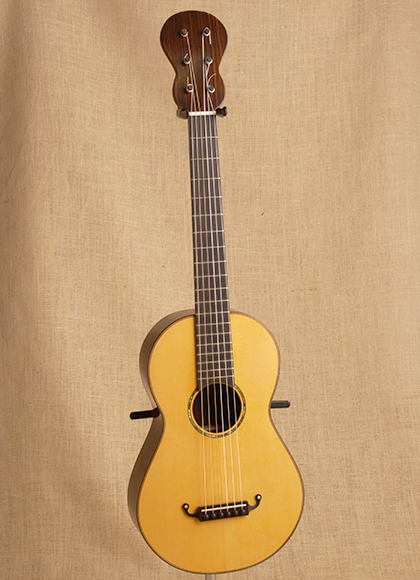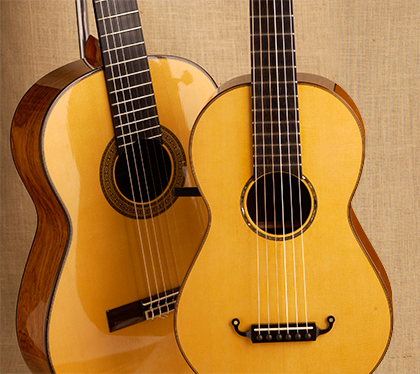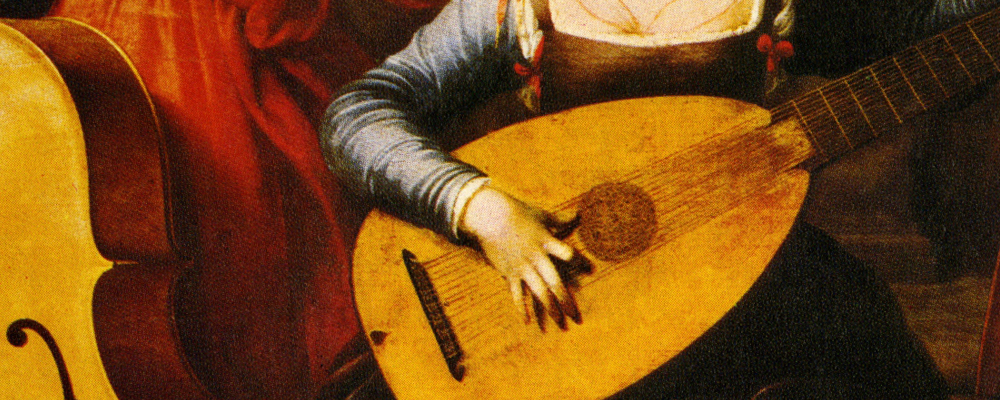The Origins of the Classical Guitar
The birth of the classical guitar
The guitar possibly originated in ancient Egypt
Instruments like the guitar that produce a sound by plucking strings are called plucked stringed instruments.
A plucked stringed instrument that closely resembles a guitar can be seen in a picture painted around 3,000 B.C. While there is no material available on how this instrument developed after the picture was painted to support this theory, it was no doubt remodeled into a variety of differently shaped instruments, after which it is thought to have spread around the globe.
The original shape of the guitar in the fourteenth and fifteenth centuries
A plucked string instrument that was first called a guitar appeared in Spain around the turn of the fifteenth century. The instrument was actually called a vihuela, and consisted of four double-strings (paired courses).
Four double-strings indicate that the instrument had two strings on each course, along the full length of the neck, for eight strings in total. A five double-string version appeared around the year 1600, with a six single-string version becoming popular in Europe in the 1800s. This six single-stringed instrument is no doubt the closest ancestor to today's guitar, and is even called the nineteenth century guitar.

A fully restored nineteenth century guitar, showing the unique shape of the neck.
Torres - father of the modern guitar

A modern guitar, left, and a nineteenth century guitar, right.
Nineteenth century guitars varied in both shape and size depending on who made them. Regardless, they were always a smaller instrument that played relatively quietly.
It was guitar maker Antonio de Torres, born in Spain in 1817, who made a larger version of the guitar, which also produced a louder tone. Torres extended the length of the strings and body, and widened the body itself to create the very first version of the modern guitar. Other guitar makers took notice of the modifications he had made and popularized his manufacturing method. Further additions were made along the way, to create a guitar that more closely resembles the modern guitar.

